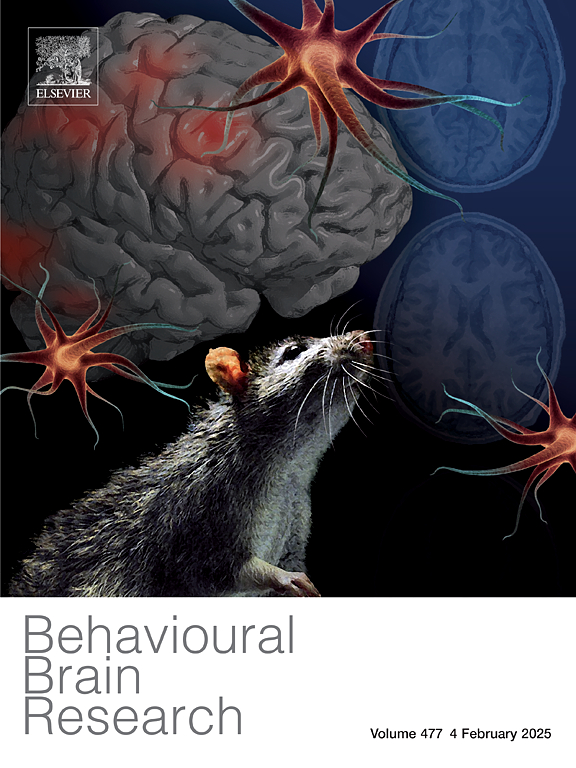Development of strategic motor behavior during value-guided actions across adolescence and adulthood: An ERP investigation
IF 2.6
3区 心理学
Q2 BEHAVIORAL SCIENCES
引用次数: 0
Abstract
Successful navigation of real-life environment requires flexible titration of effort based on the possible rewards. Here, we investigate how the flexibility of effort allocation develops throughout adolescence by studying the neural underpinnings of reward-maximizing strategies during a value-guided action. Our main hypothesis is that when faced with an environment with varying rewards and their expectancy, adolescents will use qualitatively different strategies to overcome the cognitive immaturity. Alternatively, adolescents may use an adult-like strategy, but in a lesser degree. Using EEG with a novel analytic technique that separately quantifies motor preparation and execution efforts from the ERP component lateralized readiness potential (LRP), we demonstrate evidence for our main hypothesis. When responding to an unexpected target, adults (21 years and above) showed a greater executional effort for a large than small reward. Such a pattern was somewhat reversed in pre-adolescents’ (10–13 years). Meanwhile, adolescents (14–20 years) allocated motor efforts more equally regardless of the reward levels and their expectancy. These manifested differences represent distinct reward-maximizing strategies across development that are shaped by cognitive maturity, which reflects an individual’s endeavor to maximize adaptive fit in the dynamics of real-life environment.
求助全文
约1分钟内获得全文
求助全文
来源期刊

Behavioural Brain Research
医学-行为科学
CiteScore
5.60
自引率
0.00%
发文量
383
审稿时长
61 days
期刊介绍:
Behavioural Brain Research is an international, interdisciplinary journal dedicated to the publication of articles in the field of behavioural neuroscience, broadly defined. Contributions from the entire range of disciplines that comprise the neurosciences, behavioural sciences or cognitive sciences are appropriate, as long as the goal is to delineate the neural mechanisms underlying behaviour. Thus, studies may range from neurophysiological, neuroanatomical, neurochemical or neuropharmacological analysis of brain-behaviour relations, including the use of molecular genetic or behavioural genetic approaches, to studies that involve the use of brain imaging techniques, to neuroethological studies. Reports of original research, of major methodological advances, or of novel conceptual approaches are all encouraged. The journal will also consider critical reviews on selected topics.
 求助内容:
求助内容: 应助结果提醒方式:
应助结果提醒方式:


